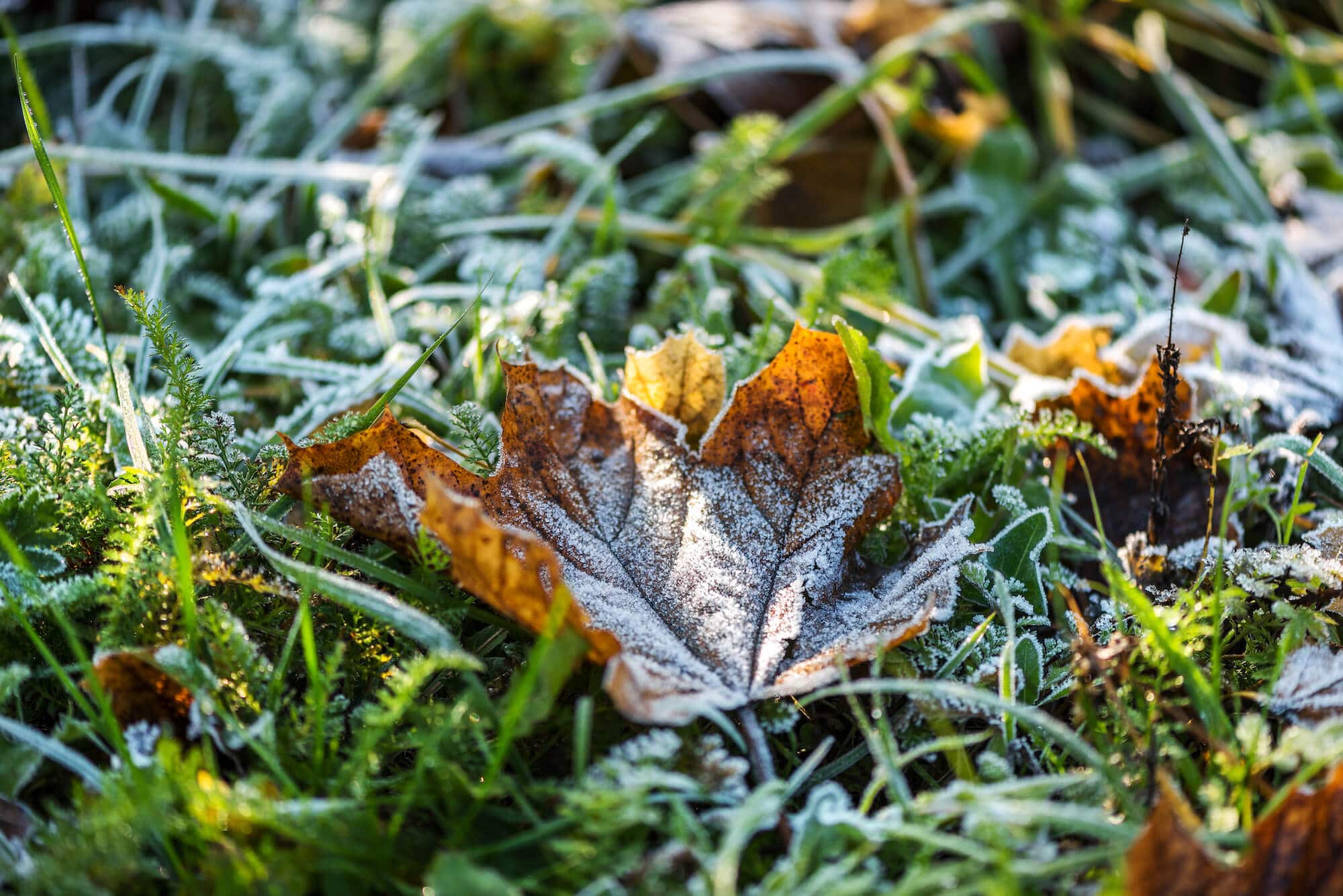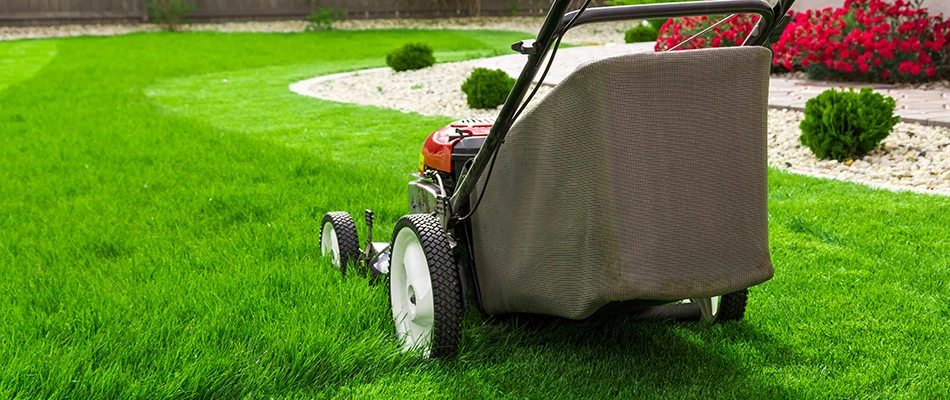Winter is coming, and it’s time to prepare your lawn. Proper winter lawn care ensures a healthy, green lawn in spring. Learn how to prepare your grass for dormancy with these essential tips.
Why Winter Lawn Care is Important
Winter lawn care helps your grass survive the cold months. It also prepares your lawn for a strong comeback in spring. Without proper care, your lawn can become weak and damaged.

Credit: mytrugreenlawn.com
Steps to Prepare Your Lawn for Winter
Follow these steps to ensure your lawn stays healthy during winter:
Mowing
Keep mowing your lawn until the grass stops growing. Gradually lower the mower blade with each cut. The final cut should be about 2 inches high.
Raking Leaves
Remove fallen leaves from your lawn. Leaves can block sunlight and trap moisture, leading to mold and disease.
Aerating
Aerate your lawn to improve air, water, and nutrient penetration. Aerating reduces soil compaction and promotes root growth.
Fertilizing
Apply a slow-release fertilizer in late fall. This provides essential nutrients for the grass during winter dormancy. Choose a fertilizer with a higher potassium content.
Watering
Water your lawn deeply before the ground freezes. This helps the grass store moisture for winter. Avoid overwatering, as it can lead to disease.
Weed Control
Apply a pre-emergent herbicide to prevent winter weeds. Remove any existing weeds by hand or with a spot treatment.
Seeding
If your lawn has bare spots, overseed in early fall. This gives the new grass time to establish before winter.
Mulching
Mulch around trees and flower beds to protect roots from freezing. Use organic mulch like wood chips or straw.
Tools and Supplies Needed
Here is a list of tools and supplies you’ll need for winter lawn care:
- Lawnmower
- Rake
- Aerator
- Fertilizer
- Sprinkler or hose
- Herbicide
- Grass seed
- Mulch

Credit: jandclawncare.com
Common Winter Lawn Problems
Be aware of these common winter lawn problems and how to address them:
Snow Mold
Snow mold is a fungal disease that appears in early spring. It forms when snow covers the grass for long periods. Prevent snow mold by raking leaves and mowing your lawn short before winter.
Winter Desiccation
Winter desiccation occurs when grass loses moisture and dries out. Prevent it by watering your lawn deeply before the ground freezes.
Ice Damage
Ice can damage grass by suffocating it. Avoid walking on your lawn when it’s covered in ice.
Spring Recovery Tips
Follow these tips to help your lawn recover in spring:
Raking
Rake your lawn to remove dead grass and debris. This helps new grass grow.
Fertilizing
Apply a balanced fertilizer in early spring. This provides essential nutrients for new growth.
Aerating
Aerate your lawn to improve air and water penetration. This promotes healthy root growth.
Seeding
Overseed any bare spots to encourage a thick, healthy lawn. Water the new grass regularly until it establishes.
Frequently Asked Questions
How Do I Prepare My Lawn For Winter?
Aerate the soil, fertilize, and remove debris to ensure healthy grass in spring.
Should I Mow My Lawn In Winter?
Mow until the grass stops growing. Keep it at 2. 5-3 inches to prevent disease.
Is Winter Fertilization Necessary?
Yes, it strengthens roots and prepares the lawn for a healthy spring growth.
How Often Should I Water In Winter?
Water occasionally during dry spells to prevent grass dehydration.
Conclusion
Winter lawn care is essential for a healthy, green lawn in spring. Follow these steps to prepare your grass for dormancy. With proper care, your lawn will thrive and look beautiful all year long.
